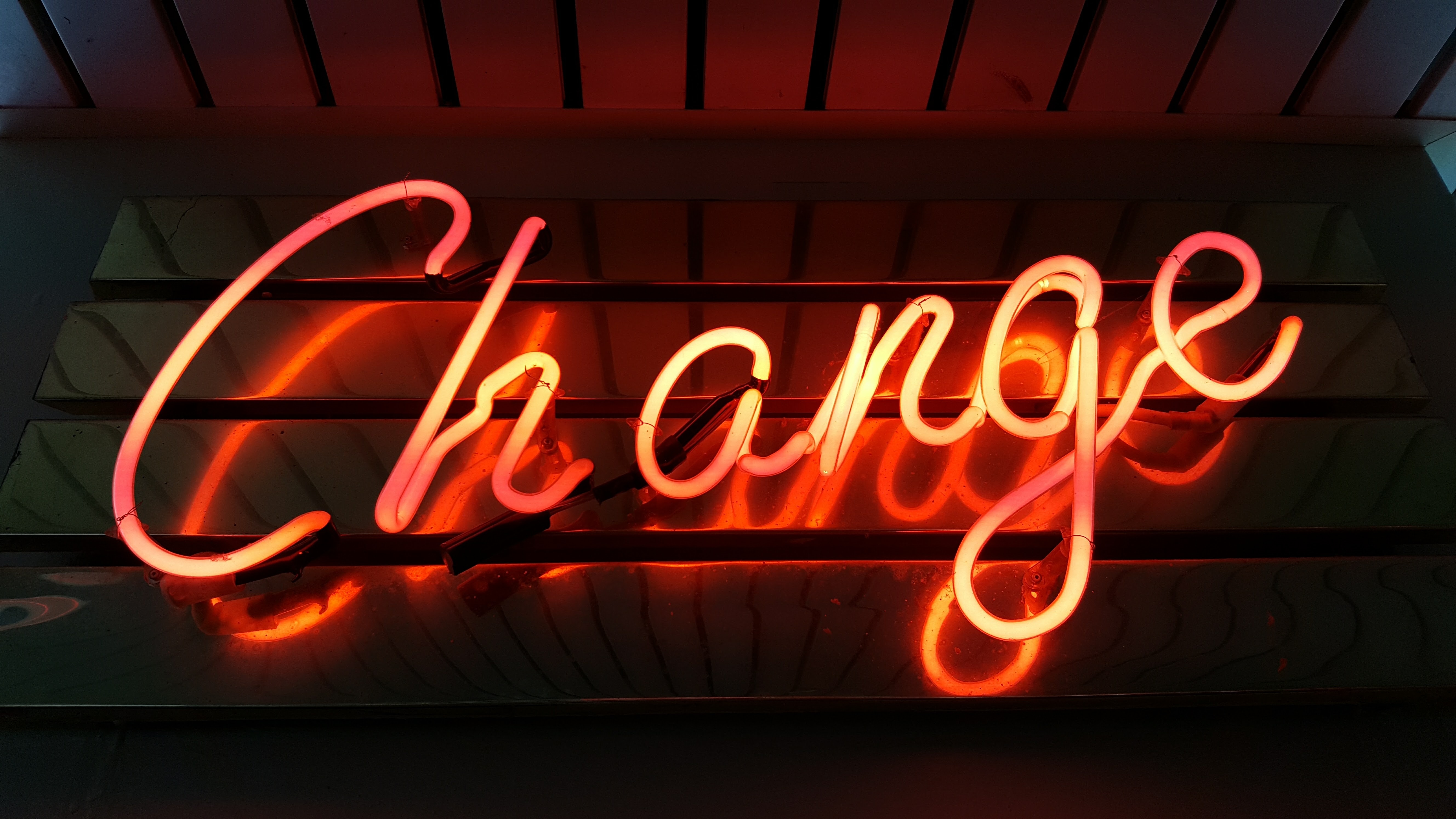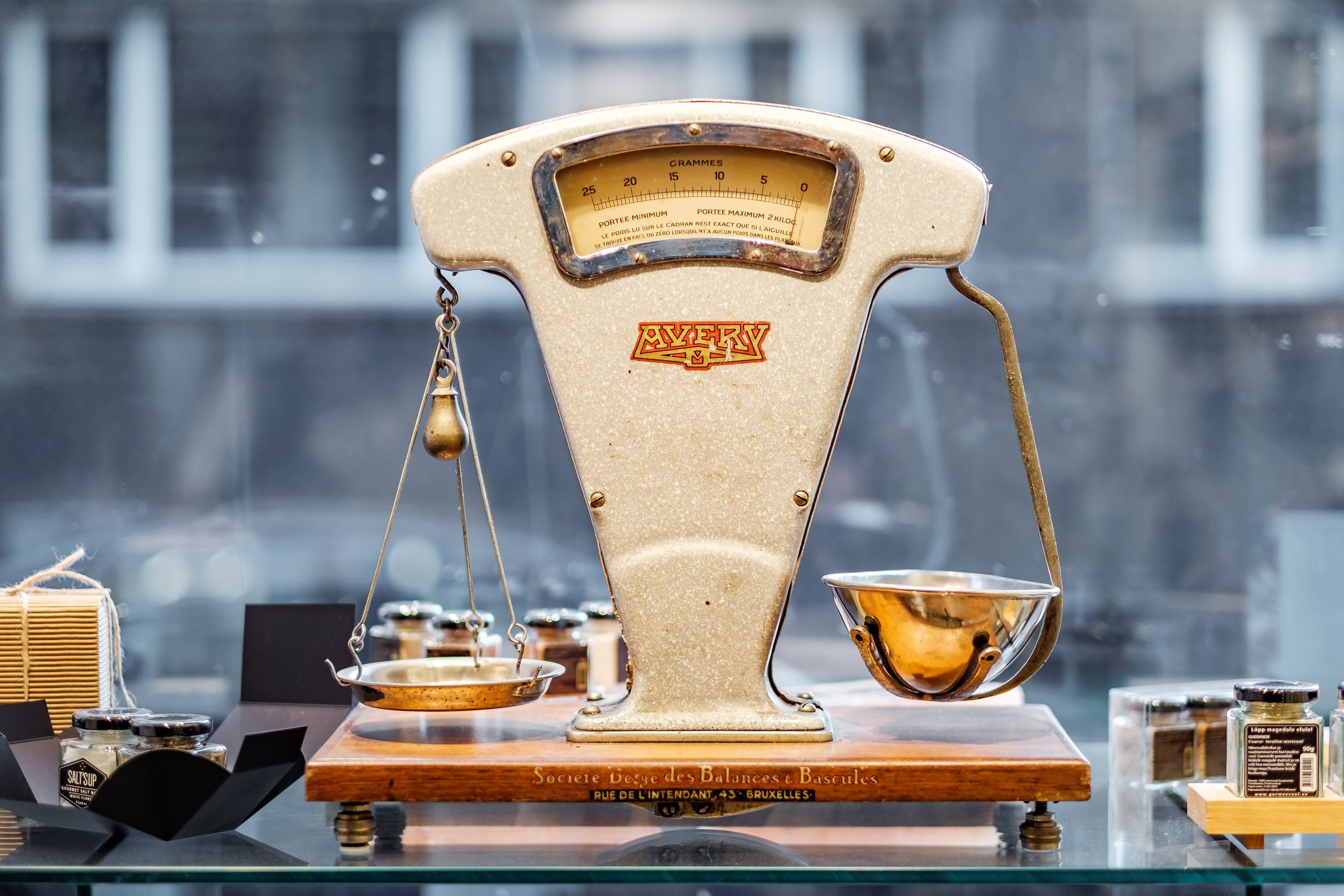3. Have a Clear Vision
Going about supplier relationship management and governance in an aimless manner isn’t beneficial for anyone. Consolidate your internal vision, and align your organization with suppliers that share that vision.
Communicate your vision and ambitions/goals to suppliers from the get-go!
Taking away from Ikea’s IWAY Supplier CoC, they quickly share what their guiding principles are when working with environmental, social, and working conditions:
- What is in the best interest of the child?
- What is in the best interest of the Worker?
- What is in the best interest of the environment? (ikea.com 2016)
This information is in the very first paragraph of their IWAY Standard, ensuring that there will be no miscommunication of their core principles.
4. Cover a Thorough Scope of Supplier-Related Risks
Supplier compliance and governance is a result of quality due diligence on the part of a sourcing and procurement team.
Taking a look through Ikea’s IWAY, there is a solid framework for covering all risk areas that can arise in collaboration with a supplier. Brand association is a slayer of giants as we all know, and there’s nothing worst than mudslinging PR that rightfully sticks to your brand image.
Being thorough in the scope Supplier CoC can’t ensure that your suppliers will remain compliant, or that your ongoing governance will create risk-aversion, but it can be a comprehensive framework for supplier assessment and auditing.
Ikea’s IWAY covers a lot of the most important areas of supplier risk, including some extras:
- General Conditions: Overview of Requirements
- Business Ethics
- Environment
- Chemicals
- Waste
- Emergencies and Fire Prevention
- Worker Health & Safety
- Recruitment, Working Hours, Wages and Benefits
- Accommodation
- Child Labour and Young Workers
- Discrimination
- Worker Involvement
- Harassment, Abuse, and Disciplinary Actions
5. Better Standards for Supplier Compliance, Better Supplier Relationships
For obvious reasons, the implementation and reinforcement of a Supplier CoC will have an overall impact on supplier relationships; new and old.
Your Supplier CoC could very well be the affirmation of a successful supplier relationship or the affirmation that a supplier needs to be cut loose. A Supplier CoC is your reference point for how your supplier relationships should look. And, anything less than compliance from suppliers gives you the power of a previous contractual agreement if a CoC is present. As much as a supplier CoC is a foundation to move forward in positive supplier relationships, it’s also a safeguard for the termination of crappy ones.
This is where the real power lies!
“After establishing IWAY, IKEA started monitoring trading service offices and conducted surprise visits to their suppliers and sub-contractors. After all, there is no point in having a code of conduct for all your suppliers and simply assuming that they are all willing to observe the code. If evidence of child labor is found, the supplier has to not only put an end to children working but the children must be placed into an education program. After that, IKEA will visit the school and still continue with surprise visits for the supplier. If IKEA sees that no changes have been made, their contract with the supplier is terminated” (Chandler 2014).
As Ingvar Kamprad has previously written, ‘A good Ikea manager knows many details and gains his/her knowledge on all our floors’, meaning both the factory and store floors (Carlsson 2015, p. 7).
6. Building Shared Value
Implementing IWAY improved the productivity and organizational strength of suppliers as well as Ikea’s internal organization. They were able to locate key suppliers, leverage those relationships, and (with the combination of technological advancements) ultimately reduce their supplier base to about 1000 suppliers by 2012.
Everyone grows together when an organization decides to focus on quality supplier relationship management. Suppliers are able to apply the lessons learned from IKEA further down the supply chain to their sub-suppliers, and maybe even within other delivery contracts, they have with other procurement organizations.
Stronger suppliers = stronger collaboration… It’s that simple.
In Ikea’s case, they took it one step further to ensure that their application of IWAY would receive equal engagement from their side, as they too expected from their suppliers. Practice what you preach mentality. Ikea decided to appoint direct managers to individual suppliers. “This was a senior person with extensive business experience and integrity – someone who had the confidence of the whole organization. Suppliers’ complaints and questions were put to those who investigated and made recommendations. More often than not, involved parties accepted the recommendations as fair” (Carlsson 2015, p. 7).
This kind of engagement and attention to detail/relationship management lives up to Kamprad’s ideology that managers should have and gain their knowledge directly from the floor. There is no person too insignificant, no supplier too small, and no piece of knowledge too granular to not be seen or heard.
A supply chain is an amalgamation of thousands of moving parts, and when an organization takes the time to dismantle that machine and put it back together, showing equal respect to the assembly of each and every moving element, that’s an organization that has put in the leg work to succeed.
These are the 6 lessons learned from Ikea’s IWAY Supplier Code Of Conduct.
Kodiak Hub has no direct affiliation with Ikea or their procurement organization, but they are an organization that deserves recognition and respect within the industry and domain. We hope that you were able to gain some insight and inspiration, and if you’re interested in checking out Ikea’s IWAY Standard yourself, you can click this link here.












